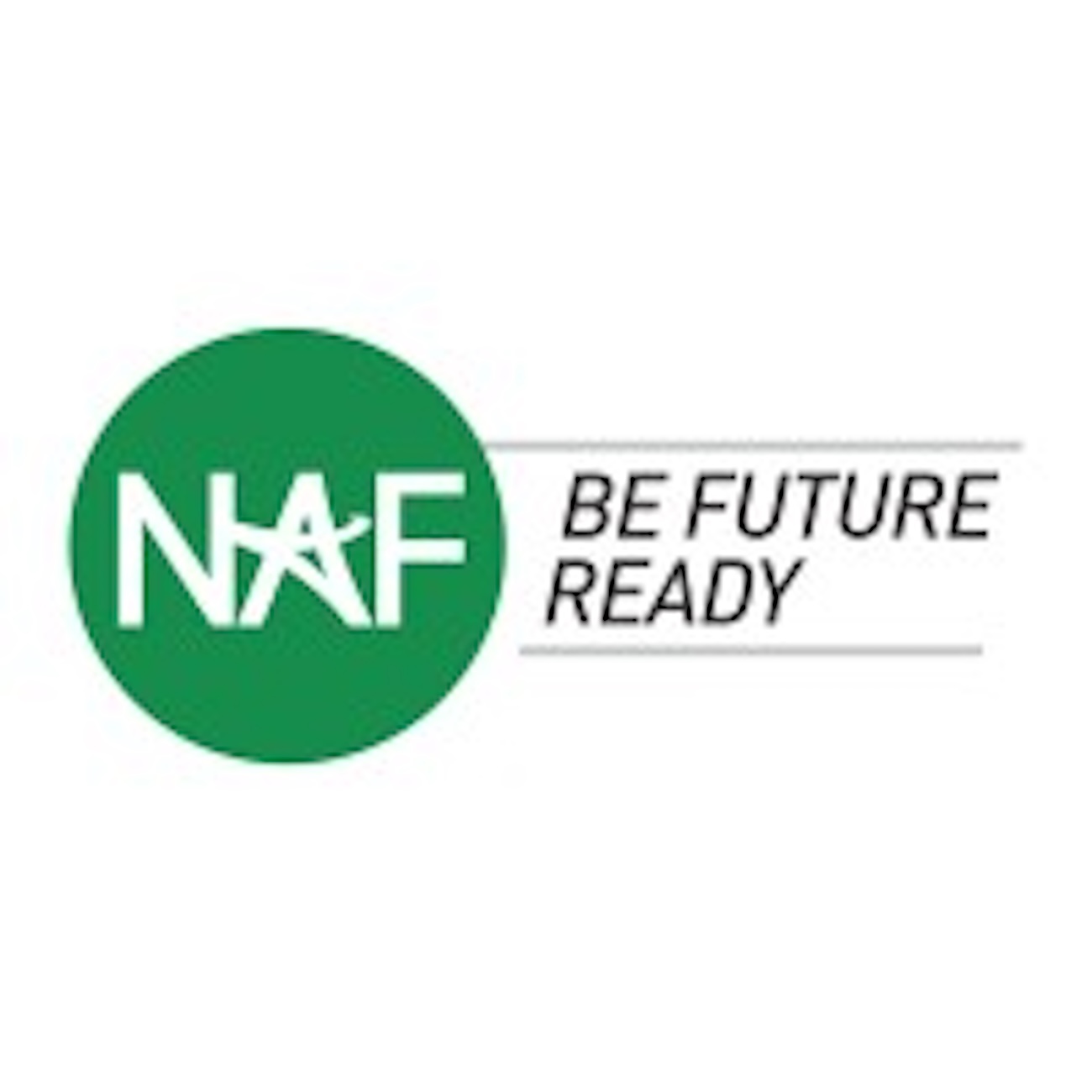Endowment grows to $53.2 billion.

However, the school also said donations declined by some 15 percent in fiscal 2024 to about $1.2 billion; a subset of that money — gifts that can be used by the university immediately — grew by 9 percent, to $528 million.
Moreover, the school ended the fiscal year with a much smaller operating surplus than the prior period, as expenses rose at a higher rate than revenues.
On the one hand, the strong performance of the endowment, which was above what many other college funds reported for that period, could rebut critics who contend the school has lost its financial acumen. But on the other, the decline in donations suggests continuing reticence over where the school is headed, while rising expenses could fuel critics who assert Harvard is poorly run.
The school’s financial health is likely to demand much of administrators’ time and attention moving forward, particularly as two wealthy alumuni mount separate campaigns for changes, arguing it has a bloated bureaucracy, is riven by activism, and lacks a diversity of viewpoints.
Harvard president Alan Garber acknowledged recent donor concerns in a statement Thursday, and said the university is “well-positioned to continue to advance its excellence in teaching and research.”
“As the university addressed longstanding challenges that were highlighted by the events of the past year, alumni and others demonstrated both their concern and their care for the future of the institution through growing levels of support over the course of the year,” Garber said. “Their commitment to Harvard’s core mission of excellence in teaching, learning, and research is among the greatest strengths of our institution and will continue to enable discovery and innovation whose impact reaches well beyond the boundaries of our campus.”
The university announced in August that Garber would stay on as president for three years after taking the helm on an interim basis after the abrupt departure of former president Claudine Gay following allegations of plagiarism in her academic work and criticism of her handling of campus antisemitism. Since then, Garber has worked to calm campus tensions, traveling the globe to meet with alumni and donors, and holding sessions with concerned affiliates in Cambridge.
Harvard ended fiscal 2024 with an operating surplus of $45 million, down from $185.5 million a year ago. Revenue rose 6 percent, or $375 million, but expenses rose 9 percent, or $515 million, largely due to salary increases and hiring more people.
In the report, Harvard leaders noted “research universities across the country face similar challenges, with rising labor costs, increased operational expenses, and heavier burdens from regulatory and oversight demands.”
This marks the second consecutive year of expenses outpacing revenue, which is “not a long-run sustainable path,” Ritu Kalra, Harvard’s chief financial officer, told the Harvard Gazette.
The “pace of our recent spending underscores the need for prudence going forward,” Kalra said. “While it has been purposeful in the short term, it won’t be sustainable without a commensurate growth in revenue over the long term.”
Harvard declined to make Kalra available for an interview.
The endowment fund grew to $53.2 billion, up from $50.7 billion a year ago. It remains the world’s largest university endowmentt, and a major source of the financial aid that Harvard provides to make the school more affordable to a wider range of applicants.
In fiscal 2024, the university increased financial aid by 4.8 percent, to $891.8 million. About a quarter of undergraduates do not pay anything to attend the university. To help middle-income students, Harvard caps tuition payments for families with annual incomes between $85,000 and $150,000 at 10 percent of annual income.
The university also invested in its technology infrastructure this year, including expanding access to artificial intelligence capabilities and launching efforts to make its library collections more accessible to scholars and students around the world.
Harvard’s endowment outpaced MIT’s 2024 investment gain of 8.9 percent and Dartmouth College’s gain of 8.4 percent. It lagged behind Brown University’s investment gains of 11.3 percent.
N.P. “Narv” Narvekar, chief executive of Harvard Management Company, which oversees the endowment, said in the report that Harvard has “a lower tolerance for risk than many of our largest private university peers, which can cause lags in ebullient environments, but also provide protection during downturns.”
The endowment provided 37 percent of Harvard’s total revenue, a higher proportion than some peers. Tuition, room, and board generated 21 percent of revenue in fiscal 2024.
Narvekar said his team reviewed the university’s risk tolerance when he first joined the company, and in 2021 a “moderate increase in portfolio risk was approved,” which has “bolstered returns” since then. He added his team remains in conversations with university leadership “to determine if future increases to risk tolerance are warranted.”
Much of Harvard’s endowment is invested in private equity and hedge funds; natural resources represent less than 1 percent of the fund’s allocation.
The credit rating agency S&P earlier this year assigned Harvard its highest bond rating of “AAA,”, noting its “exceptional financial resources,” “robust demand for academic programs,” and “very strong fundraising ability.”
Hilary Burns can be reached at [email protected]. Follow her @Hilarysburns.
link







